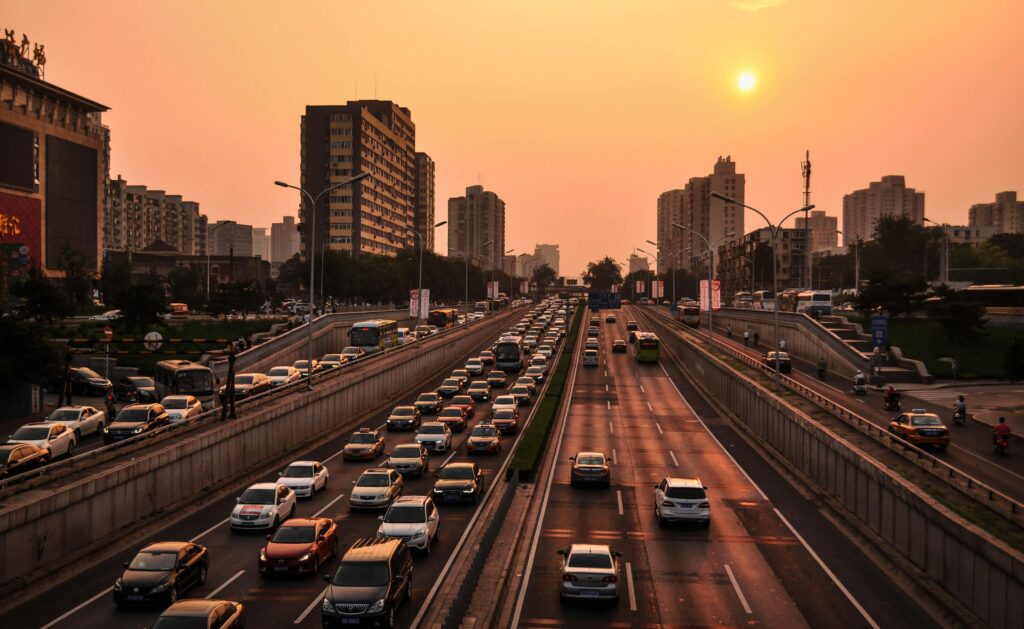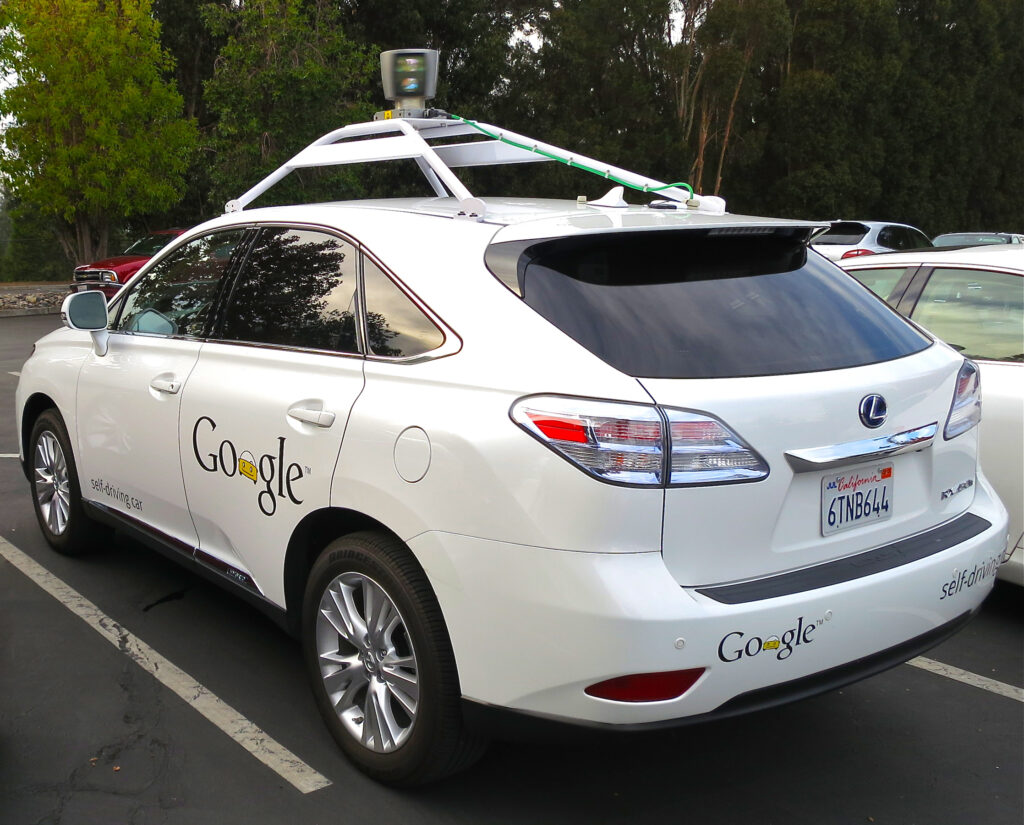
With technology advancing at the speed of light, you can never have a dull day. We all have been dreaming of flying cars, but before that, we have self-driving cars. They are no longer in the news or just in movies, but reality now. In the US, many states have legalized these cars.
However, there are still some concerns regarding the rules and regulations.
Companies like Tesla and Waymo are pushing the boundaries of autonomous technology, and we are all welcoming it.
But what authorities need to consider now is, current traffic laws are only for human drivers, not machines. This has raised concerns about safety, responsibility, and public trust.
So, what rules and regulations are U.S. states announcing or might have in the future?
Current State of Self-Driving Technology

Self-driving cars that use no human input unless it’s on manual.
They are a combination of sensors, cameras, radar, and artificial intelligence. These self-driving cars are categorized by 0-5 levels, with Level 5 being full automation.
But, in the current times, vehicles only operate at Level 2 or Level 3, that means they still require human command.
Key Players in the Industry
There are several companies that are working on self-driving technology. Here are some of them:
Tesla is one of the leading companies in this industry that is working on Autopilot and Full Self-Driving (FSD) systems.
Waymo, which is owned by Google’s parent company, Alphabet, is also making big moves in this industry.
Other companies like Cruise, Aurora, Zoox, and Apple, are also assumed to be developing their own vehicles.
Update of International Laws

International laws are also evolving.
The Vienna Convention on Road Traffic has made an agreement that allows the automated systems to work on road but as long as a human is still an incharge.
But globally, there’s no single rulebook, and this is making things more complicated.
In all this difficult, tangled web, the U.S. has stepped forward and raised big questions:
- What’s allowed when it comes to self-driving tech?
- Who’s responsible if something goes wrong?
- How is personal data protected?
- What ethical standards should these cars follow in difficult situations?
Without updated laws, we risk falling behind in innovation, or worse, putting lives at risk. A strong legal framework doesn’t just keep people safe—it also gives companies and developers the confidence to keep moving forward. If self-driving cars are the future, the law needs to ride along too.
Must-Have New Rules in the U.S. for Driverless Vehicles

WASHINGTON, April 24, Tesla (TSLA.O) shares rose over 10% on Friday following the Trump administration’s announcement that it intends to accelerate the deployment of self-driving vehicles by exempting some from certain safety criteria and loosening rules mandating reporting of safety incidents.
Key Changes in the New Regulations
If you are someone who plans on investing or just curious how regulations might turn out, here is what you need to know from the April conference.
- Reduced Crash Reporting Requirements:
For vehicles equipped with Level 2 automation systems—such as Tesla’s Full Self-Driving and Ford’s BlueCruise, the new rules exempt manufacturers from reporting minor incidents, including fender benders and minor property damage.
However, serious incidents involving fatalities, injuries requiring hospitalization, airbag deployments, or collisions with pedestrians or cyclists must still be reported within five days.
For Levels 3 to 5 vehicles, which operate with minimal or no human intervention, the reporting requirements remain stringent, including mandatory reports for tow-away incidents and significant property damage.
- Protection of Proprietary Information:
Manufacturers can now request confidentiality for specific crash-related data points that were previously disclosed. These include:
- Whether the vehicle was operating within its intended conditions.
- A plain-language description of the crash circumstances.
- The specific version of the automated driving software used.
While this aims to protect business-sensitive information, safety advocates express concern that such opacity could hinder independent safety assessments and public transparency.
- Expanded Testing Exemptions for Domestic Manufacturers:
Previously, only foreign manufacturers could import a limited number of noncompliant vehicles, those lacking standard features like mirrors or pedals, for testing purposes.
The new rules extend similar exemptions to U.S. manufacturers, allowing them to test experimental AVs on public roads without adhering to all standard safety requirements.
This change is expected to streamline the testing process for domestic companies and reduce the need to build prototypes overseas.
Future Trends and Innovations

Self-driving car technology has improved rapidly and is almost ready to be used widely. But for the U.S. to enjoy the full benefits, it must fix important issues with laws, rules, and policies.
If the government and businesses take the right steps now, they can grow the market and help the U.S. become a global leader in this field.
Some Challenges
The biggest challenge right now is that each of the 50 states has different rules for things like driver licenses, car features, and privacy.
This makes it difficult for car makers and tech companies because they have to follow many different rules. It slows down progress since these companies want to build vehicles for the whole country, or even the world.
Clearer rules about who is responsible in an accident and how data is protected are also needed. Solving these problems will make it easier to use new technology and grow the transportation industry.
Conclusion
As self-driving cars are shifting from science fiction to reality, there is an urgent need to update outdated traffic laws.
What do you think should be part of the rules? Even if the policy might not be here now, but soon it will. Whether you’re a tech enthusiast, a policymaker, or just someone who wants safer roads, your voice matters. So, share this blog to spread awareness, and subscribe to our newsletter for more such amazing blogs.

